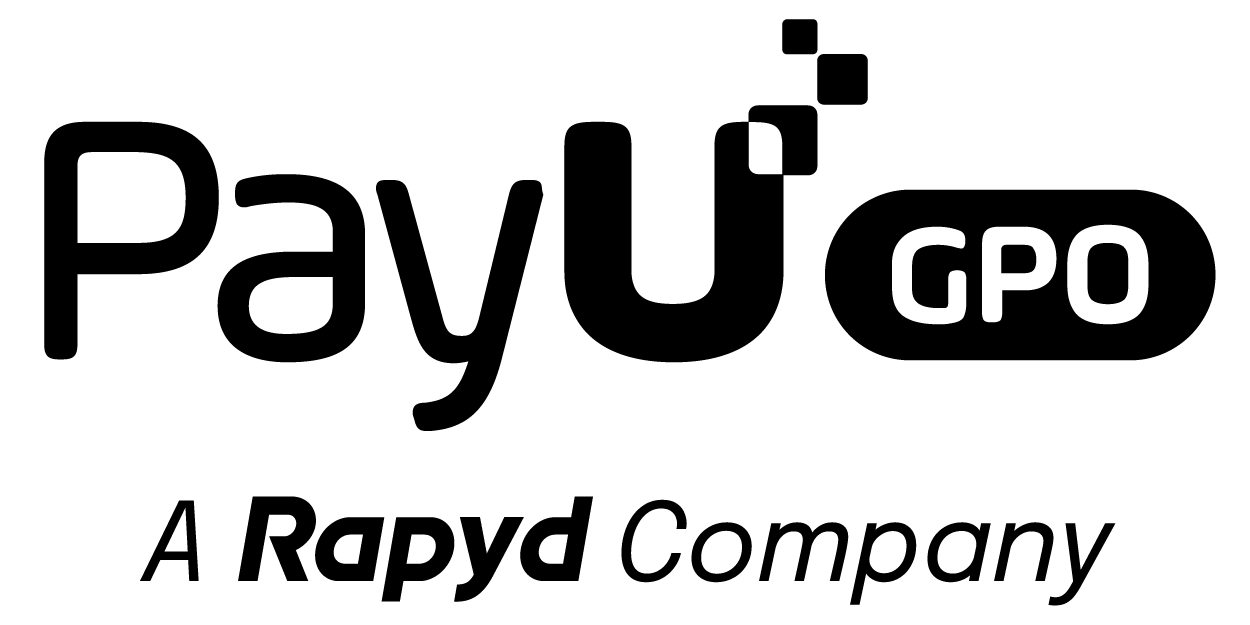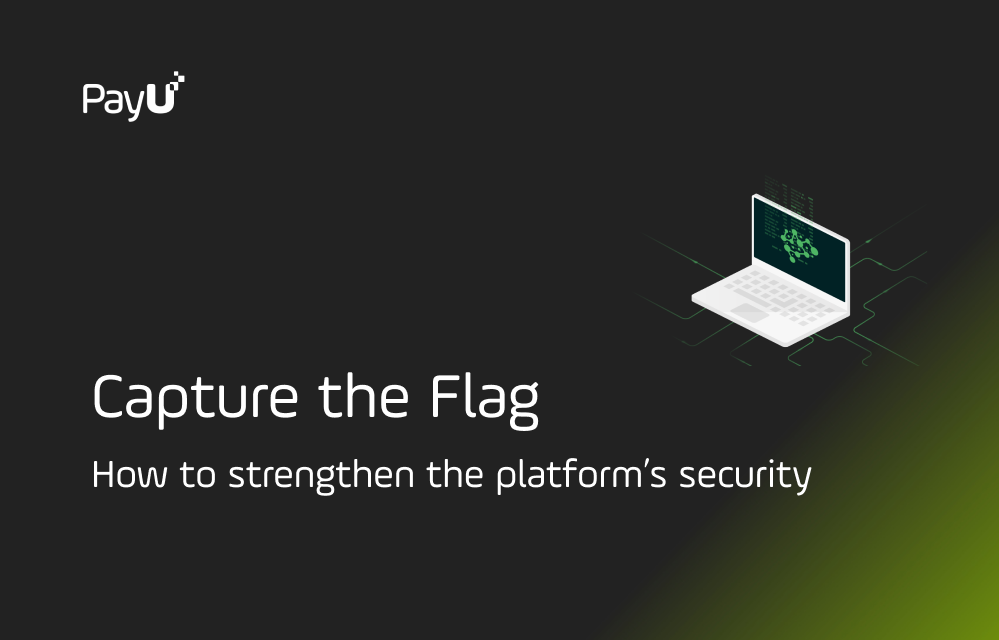29/05/2023
There are a few different types of CTF competitions, but most involve solving a series of challenges related to web security, cryptography, reverse engineering, and other cybersecurity topics. The challenges are often designed to be difficult and require creative thinking and problem-solving skills to solve.
Jeopardy-style CTFs
Jeopardy-style CTFs are one of the most common types of Capture the Flag (CTF) competitions. In a Jeopardy-style CTF, challenges are divided into categories, such as cryptography, reverse engineering, and web exploitation. Each challenge is assigned a point value based on its difficulty, and teams or individuals compete to solve as many challenges as possible within a set time frame.
Typically, challenges in a Jeopardy-style CTF involve solving puzzles, cracking codes, exploiting vulnerabilities, or reverse engineering software or hardware. Challenges can be presented in a variety of formats, including binary files, network captures, and web applications.
To earn points, teams or individuals must submit a flag, which is a unique code or string that is generated by solving the challenge. Once a flag is submitted, the team or individual earns the points associated with that challenge.
Jeopardy-style CTFs often have a leaderboard that displays the top teams or individuals based on their score. At the end of the competition, the team or individual with the highest score is declared the winner.
Jeopardy-style CTFs are popular because they allow participants to showcase a wide range of skills and knowledge, and they can be a fun and engaging way to learn about cybersecurity and hone your skills.
Attack-defense CTFs
Attack-defense CTFs are a type of Capture the Flag (CTF) competition where each team is given a set of systems or services to defend, as well as a set of systems or services belonging to other teams to attack. The objective is to both defend your own systems and successfully attack other teams’ systems.
In an attack-defense CTF, each team is typically given a vulnerable network or system to defend, and the other teams are given instructions on how to attack it. The defending team must identify and fix vulnerabilities, and prevent other teams from successfully exploiting them. The attacking teams, on the other hand, try to gain access to the other teams’ systems or services by exploiting vulnerabilities or misconfigurations.
Points are awarded for both successful defense and successful attacks. For example, a team might earn points for successfully detecting and mitigating an attack on their system, as well as for successfully compromising another team’s system. The team with the highest score at the end of the competition is declared the winner.
Attack-defense CTFs can be particularly challenging because they require participants to not only be proficient in offensive and defensive techniques, but also to be able to quickly adapt to new situations and think creatively to find and exploit vulnerabilities. They are often used to test the security of real-world systems and can provide valuable experience for participants looking to pursue a career in cybersecurity.
King of the Hill CTFs
King of the Hill (KotH) CTFs are a type of Capture the Flag (CTF) competition where teams or individuals compete to gain control of a central system or service, such as a vulnerable web application or server. Once a team gains control, they must defend it against other teams or individuals trying to take control.
In a KotH CTF, the central system or service is often designed to be vulnerable to attacks, and participants must find and exploit those vulnerabilities to gain control. Once a team gains control, they are awarded points based on the amount of time they are able to maintain control of the system or service. Other teams can try to take control by finding and exploiting vulnerabilities themselves, and the team that is able to maintain control for the longest amount of time is declared the winner.
KotH CTFs can be particularly challenging because they require participants to not only find and exploit vulnerabilities, but also to defend against attacks from other teams. They can also be a good way to simulate real-world scenarios where different attackers are competing to take control of a system or service.
KotH CTFs are often used to test the security of real-world systems, and they can provide valuable experience for participants looking to pursue a career in cybersecurity.
Mixed-style CTFs:
Mixed-style CTFs are a type of Capture the Flag (CTF) competition that combine elements of different CTF types, such as Jeopardy-style, Attack-defense, and King of the Hill. In a mixed-style CTF, participants are presented with a variety of challenges that may require different skills and techniques to solve.
For example, a mixed-style CTF might include Jeopardy-style challenges that require cryptography or reverse engineering skills, as well as attack-defense challenges that require participants to defend their own systems while attacking others. It might also include King of the Hill challenges where participants compete to gain and maintain control of a central system or service.
Mixed-style CTFs can be particularly challenging because participants must be proficient in a wide range of skills and techniques, and must be able to quickly adapt to different types of challenges. They can also be a good way to simulate real-world scenarios where attackers may use a combination of techniques to compromise a system or service.
Mixed-style CTFs can provide valuable experience for participants looking to pursue a career in cybersecurity, and can be a fun and engaging way to learn about different aspects of cybersecurity and hone your skills.
Live-action CTFs
Live-action CTFs are a type of Capture the Flag (CTF) competition where participants compete in person, often in a physical or outdoor setting. In a live-action CTF, participants are given a set of challenges or objectives to complete, and must use a combination of physical and technical skills to solve them.
For example, a live-action CTF might involve participants navigating a physical obstacle course while simultaneously solving technical challenges or puzzles. It might also involve participants physically locating hidden flags or clues, or engaging in mock cyber-attacks or defenses.
Live-action CTFs can be particularly engaging and fun, as they allow participants to apply their technical skills in a real-world setting and also require physical abilities such as agility, strength, and coordination. They can also be a good way to simulate real-world scenarios where attackers may physically access or manipulate a system or service.
Live-action CTFs can provide valuable experience for participants looking to pursue a career in cybersecurity, and can also be a fun team-building activity for technology companies or organizations.
 Payment Solutions
Payment Solutions Services
Services Credit
Credit Resources
Resources About PayU GPO
About PayU GPO















